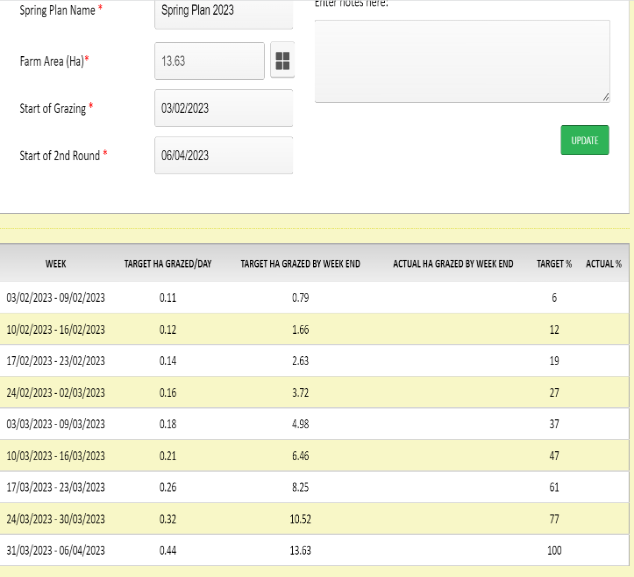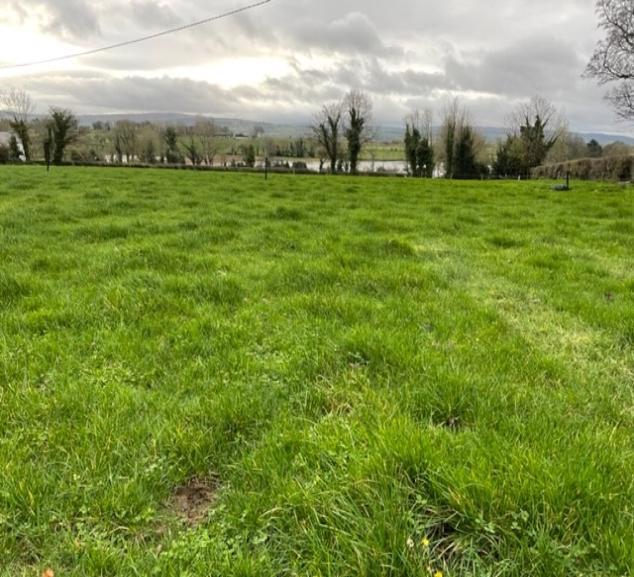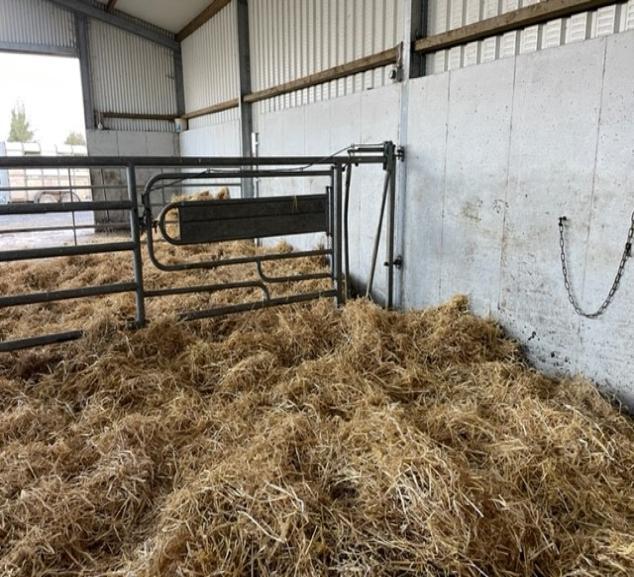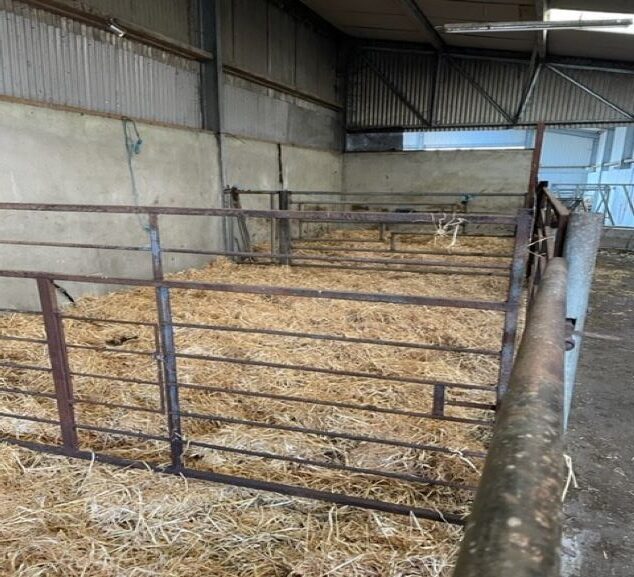Grassland
- A plan to get weanlings to grass in early February
- Making the best use of slurry – it is a valuable resource
- Spring Fertiliser Plan
Aonghusa plans to take advantage of having a dry farm by letting out some weanlings to grass in the first week of February. There are many advantages in getting some stock out early;
There are 2 big fears farmers have when it comes to letting out stock in early Spring
To get over the first concern , Aonghusa has a plan;
As Aonghusa is using Pasturebase , he has completed “ Spring Rotation Planner” . This is a tool used by farmers to plan out their first grazing rotation. A plan will ensure that grass is grazed early enough to allow time for re-growth for the second rotation and to ensure grass does not run out before we start the second rotation.
It is purely based on target areas and dates. Once you know the date you are letting out stock and the targets, you know how much land you have to graze per day, week and month
Aonghusa spring rotation planner is highlighted below;
In summary , with a turnout date of February 3rd , it highlights how much ground needs to be grazed per day and per week so all of the land is grazed by the 6th of April.

Aonghusa will graze dry , grassland areas first before grazing off the silage ground in late March. In this way, the grassland areas grazed first will have a longer period to recover and regrow. Once the silage area is grazed , its closed for silage.
Removing this surplus grass from the silage ground will improve silage quality.

Image of grass cover in January 2023
Fertiliser & Slurry
Before Aonghusa plans to apply either slurry or fertiliser – there are 4 main conditions he will met before any applications;
Slurry is a valuable resource each 1000 gals is worth at least €50 so it will be spread using Less on the ground that needs it the most ie silage areas. Additional slurry will be applied to the paddocks that will be grazed in February.
Currently, Aonghusa has plenty of storage and will apply spreading slurry towards the end of February when there will be better growing conditions.
The main grazing block in Ardrahan has soil indexes of 3 & 4 for both P & K so the main source of Nitrogen will be in the form of Protected Urea. As the farm at home is well stocked, 22 units/N per acre will be spread when all of the above conditions are met.
With calving due to start on February 7th, Aonghusa has been busy preparing for the calving season. All calving pens have been power-washed, disinfected and are well bedded with straw.
Aonghusa has 2 calving gates and 6 isolations pens which is ideal for a herd of 30 cows.


To ensure he is fully prepared Aonghusa will carry out a pre calving check. The calving equipment is all working including calving gates, calving cameras, calving jack etc. Ensure you have calving ropes, gloves, stomach tube, iodine etc. To help we have a very useful checklist here https://www.teagasc.ie/animals/beef/demonstration-farms/future-beef-programme/technical-notes-for-suckler-farmers/calving-checklist/
At the end of January, the cows were moved into the pens adjacent to the calving area for ease of movement. As Aonghusa works off- farm, he has 2 rotating cameras and is also fortunate that his father lives close to the farmyard.
The cows have been treated for lice and received there vaccinations e.g rotavec corona early January. All cows backs and tails were clipped which helps keep the udder clean for the ne born calf.
Post calving, the cow is given between 24-48 hrs to bond . Aonghusa ensures that each calf gets colostrum . Research at Teagasc, Grange has shown that feeding the calf 5% of its birth weight (e.g. ~2 litres of colostrum for a 40 kg calf), within one hour or so of birth, with subsequent suckling of the dam (or a second feed) 6 to 8 hours later, ensures adequate passive immunity.
Weather permitting , they are let out to a dry sheltered field adjacent to the yard. However, in the event of having to stay housed, the cows are given top quality silage and 1kg of meal/head/day.